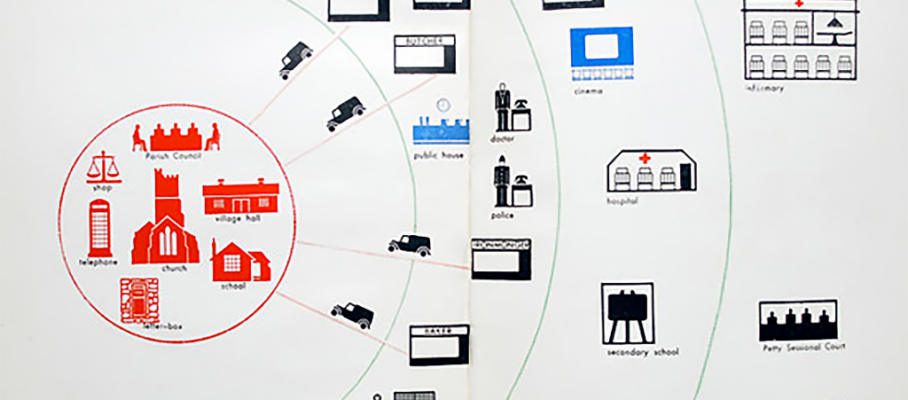Mar 12 2021
Process capability
The literature on quality defines process capability as a metric that compares the variability of its output with tolerances. There are, in fact, two different concepts:
- The ability of a process under nominal conditions to consistently produce output that meets expectations.
- The means of assessing it.





Apr 2 2021
COVID-19 Pfizer Vaccine Study On Teens
Pfizer-BioNTech just announced the results of a COVID-19 vaccine clinical trial of 12- to 15-year olds. Because the vaccinated group had 0 infections, the news media jumped to the conclusion that the vaccine has “100% efficacy” on 12- to 15-year olds. That is what the chyron said on NBC news. A look at the published trial results and quick analysis with current methods confirms that the vaccine works for that population but not that it eliminates 100% of the infections.
Share this:
Like this:
By Michel Baudin • Data science 0 • Tags: Bayesian Statitics, COVID-19, Efficacy, Quality